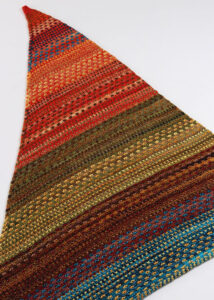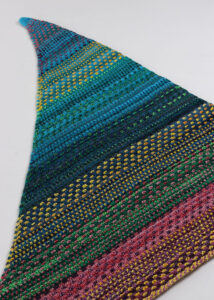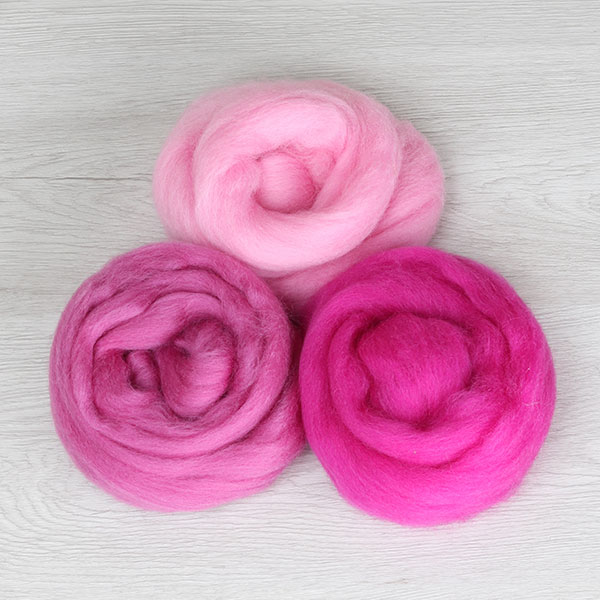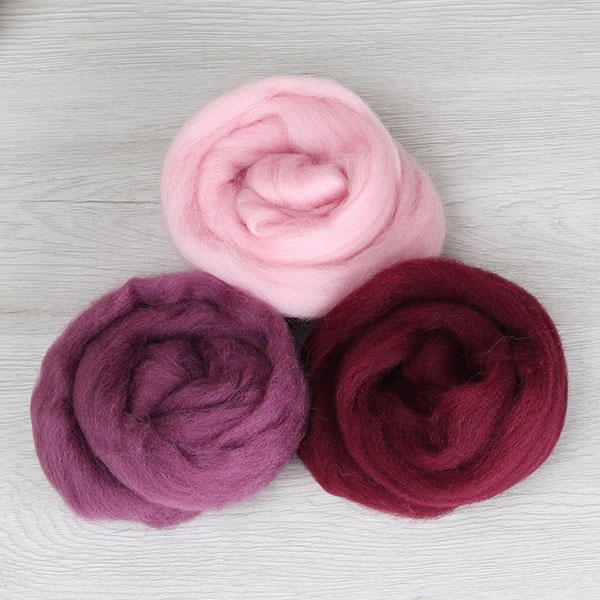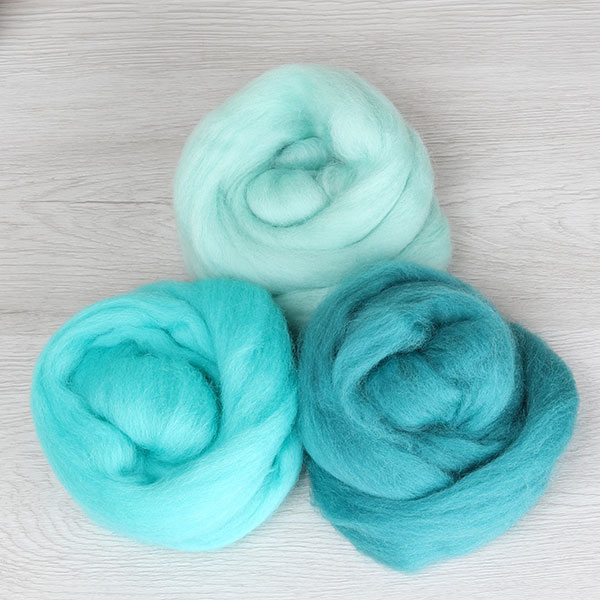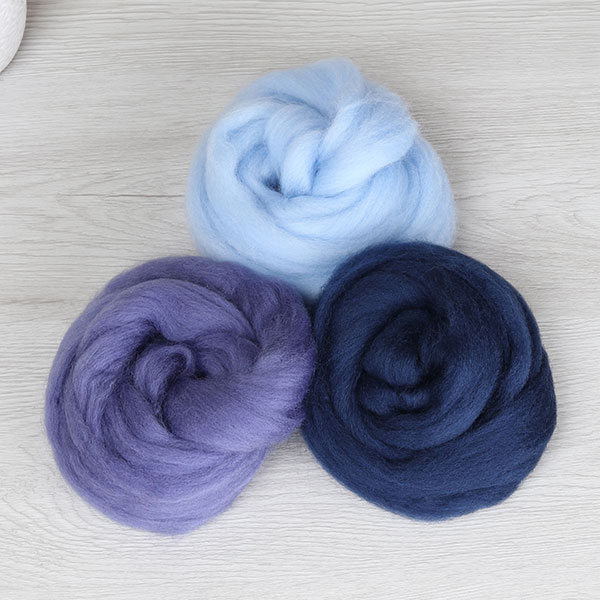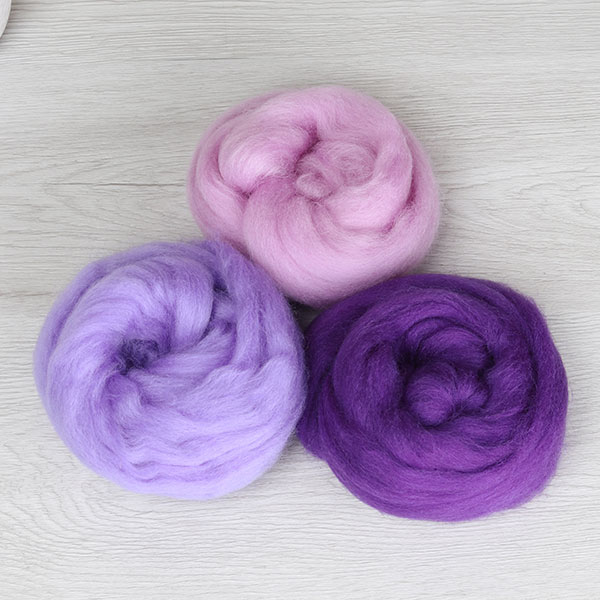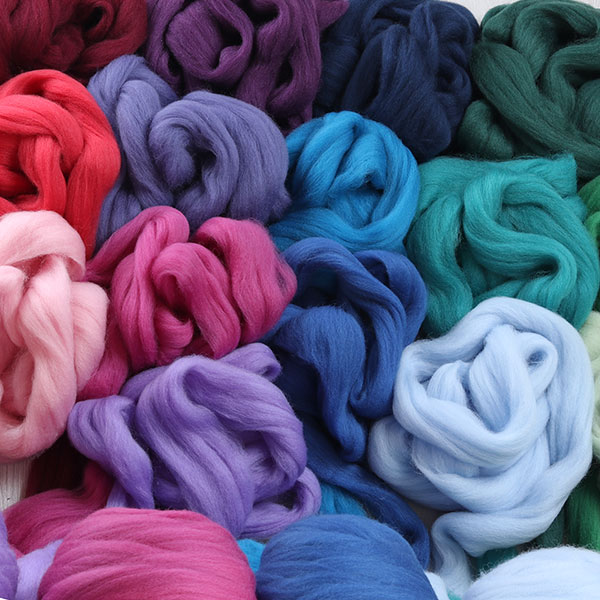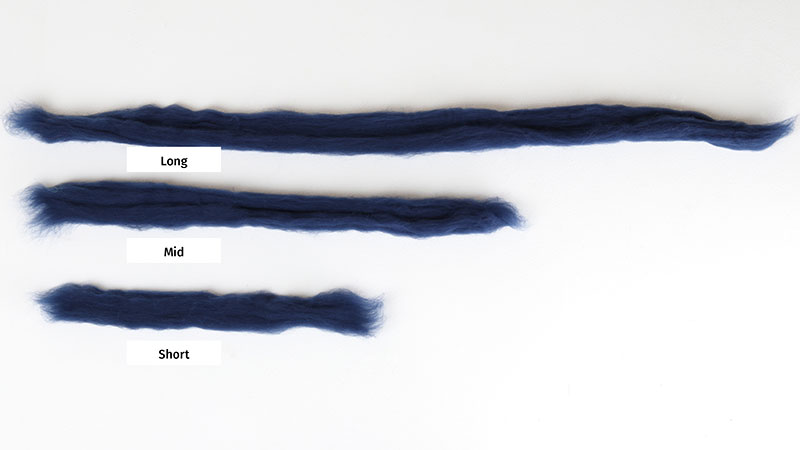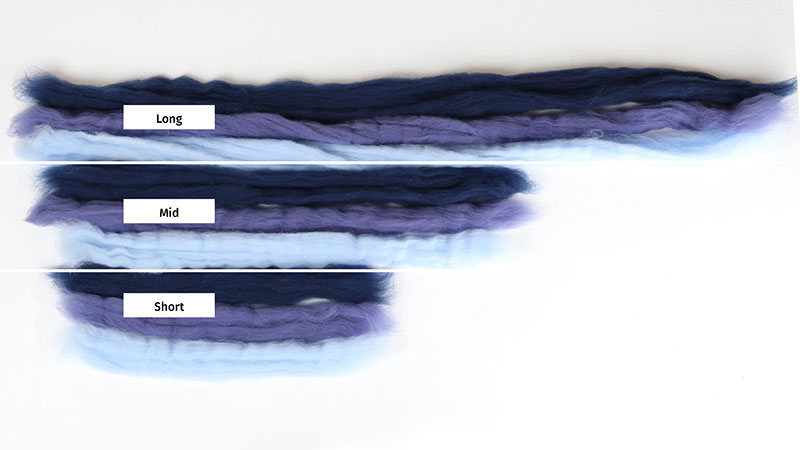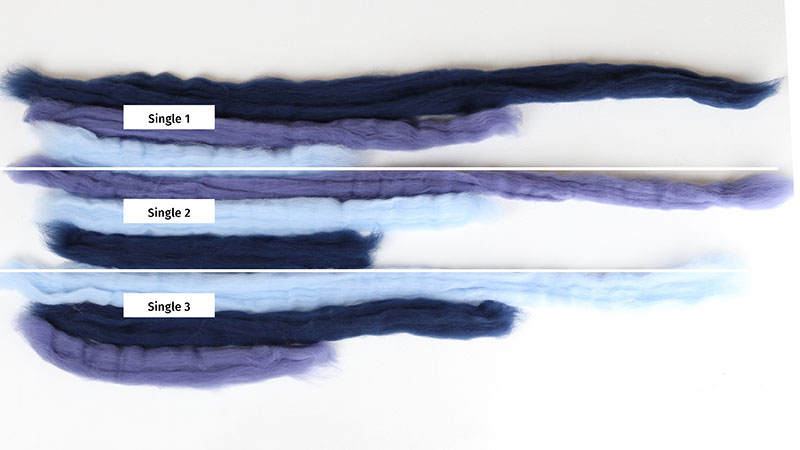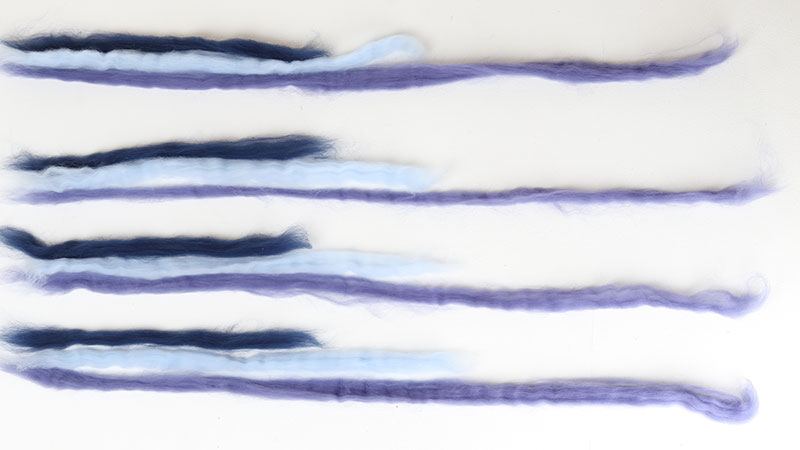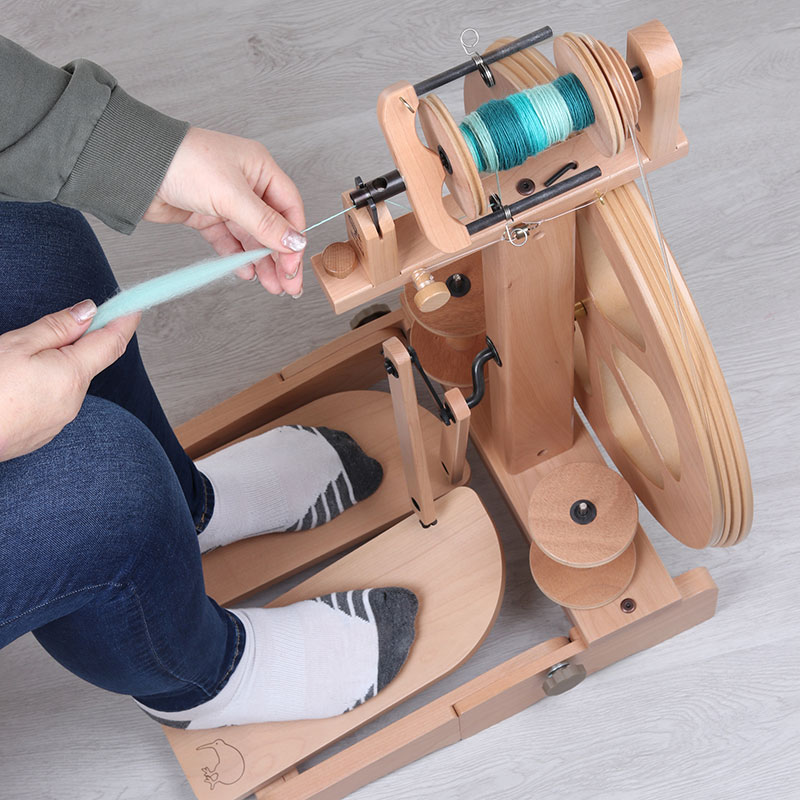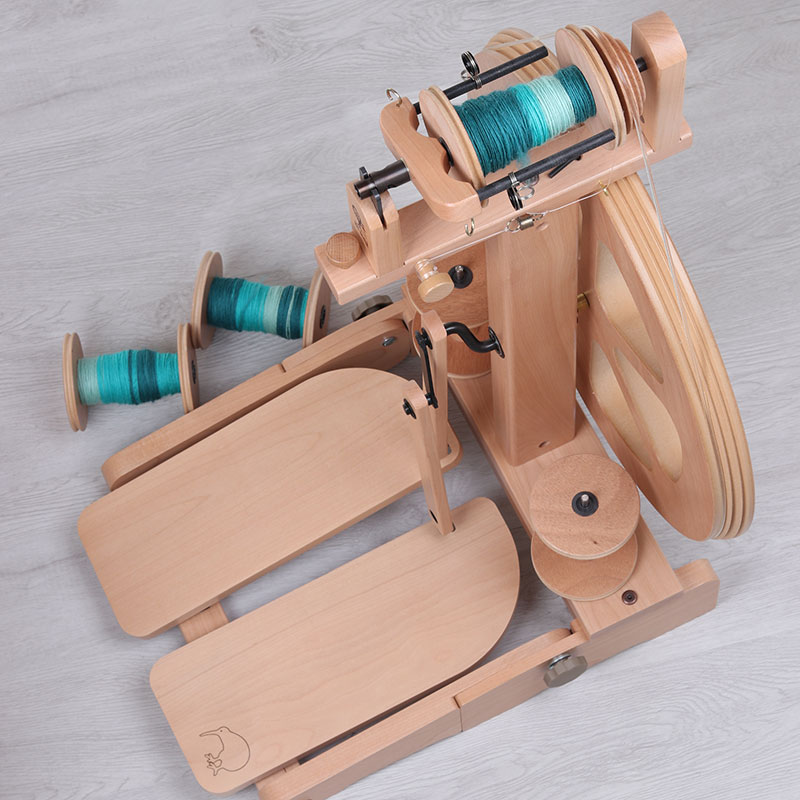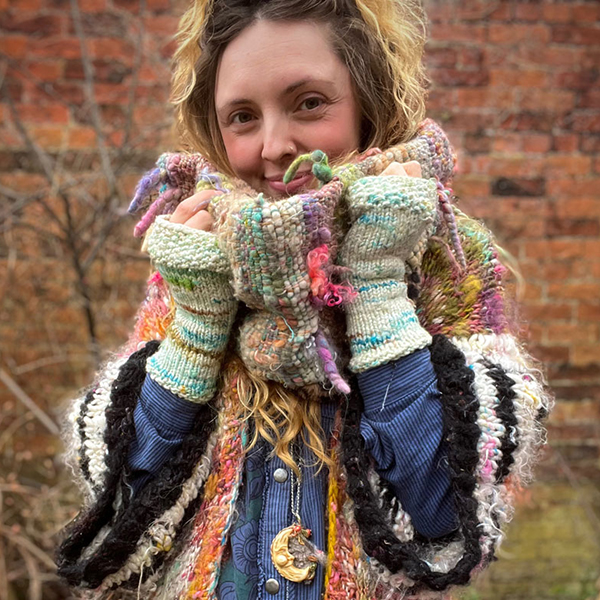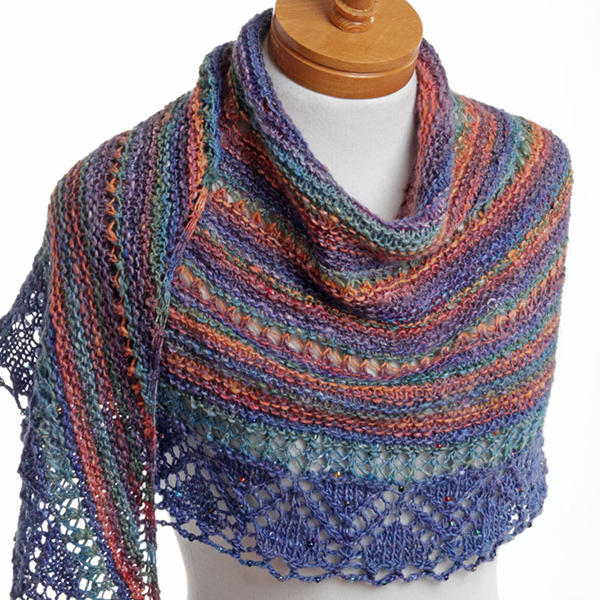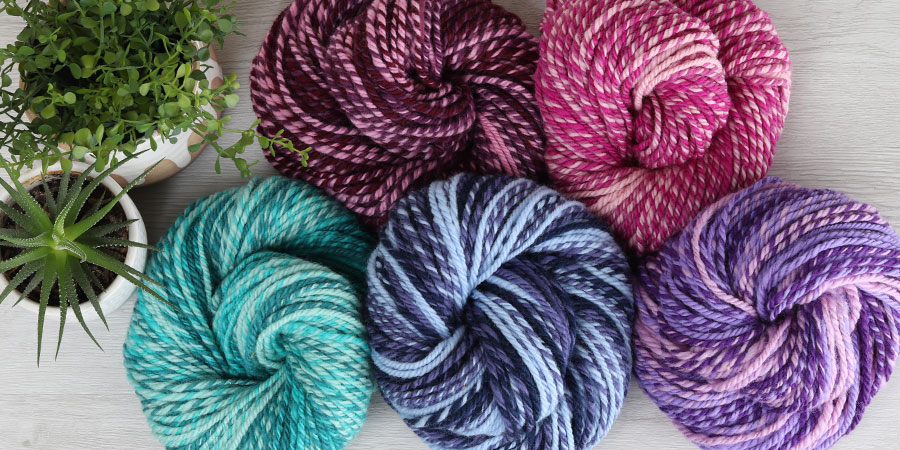
The challenge of colour management – Part 2
I have been diving into some colour management techniques in my spinning recently, and I wanted to share one that’s been especially fun and effective! It’s a great way to test colourways and create a beautifully balanced, visually interesting yarn. If you love experimenting with colour, this is one to try.
Happy spinning!

A 3-PLY COLOUR RATIO TECHNIQUE
I’ve got a bigger project in mind, so I spun up several samples (sample, sample, sample!) using a super squishy, chunky three-ply Corriedale. It’s wonderfully rounded and wears really well—perfect for accessories or outerwear.
This idea was inspired by Daniela Rýznarová’s reproductions of the yarns she used in her stunning “Nightshift Shawls,” as featured in The Wheel magazine, issue 31. I loved how her colour transitions worked and wanted to explore a similar effect in my own spinning.
The concept
The basic idea is to use three (or more) colours in different proportions across each of the three singles that you will ply together. This results in a yarn that is:
- Varied but cohesive
- Full of beautiful combinations—single-colour, two-colour, and three-colour sections
- Consistent in colour order for a repeating pattern that works well in knitted or woven fabric
Step 1: Choose your colours
I chose three colours of Ashford Corriedale for each of my five colourway samples:
- Colour 1 – Light
- Colour 2 – Medium
- Colour 3 – Dark
You can pick any combination that works for your palette—just make sure there’s enough contrast to make the blends interesting.
Click on images above to see full size
Step 2: Prepare your fibre
Break each colour into three lengths: one long, one medium, and one short.
Now, make groups for spinning each single, combining one length of each colour—but in a different proportions for each single. For example:
Single 1:
• Colour 1 – Long
• Colour 2 – Mid
• Colour 3 – Short
Single 2:
• Colour 1 – Mid
• Colour 2 – Short
• Colour 3 – Long
Single 3:
• Colour 1 – Short
• Colour 2 – Long
• Colour 3 – Mid
Then, strip each length in half, and in half again, to create thin strips that are easier to draft while spinning.
Step 3: Spinning
Spin each group onto its own bobbin, keeping the same order of colours within each group:
Light → Medium → Dark
This will ensure the colour progression stays consistent across all three singles.
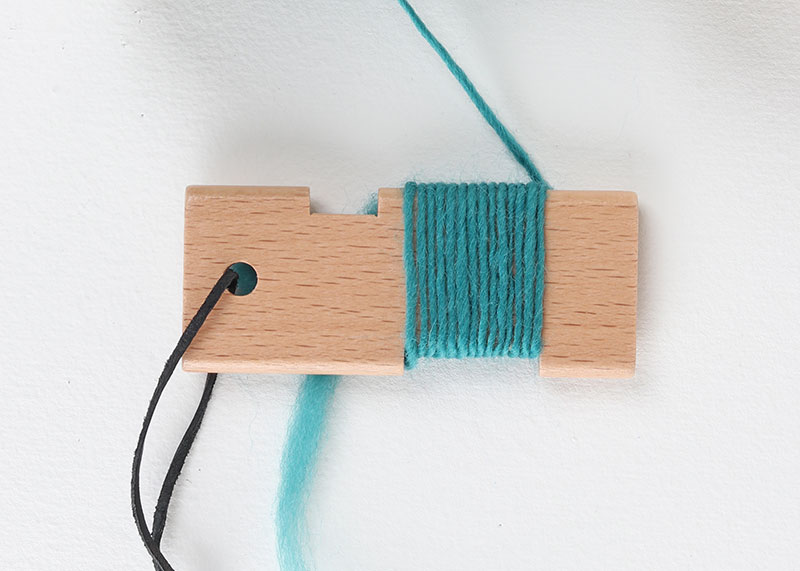
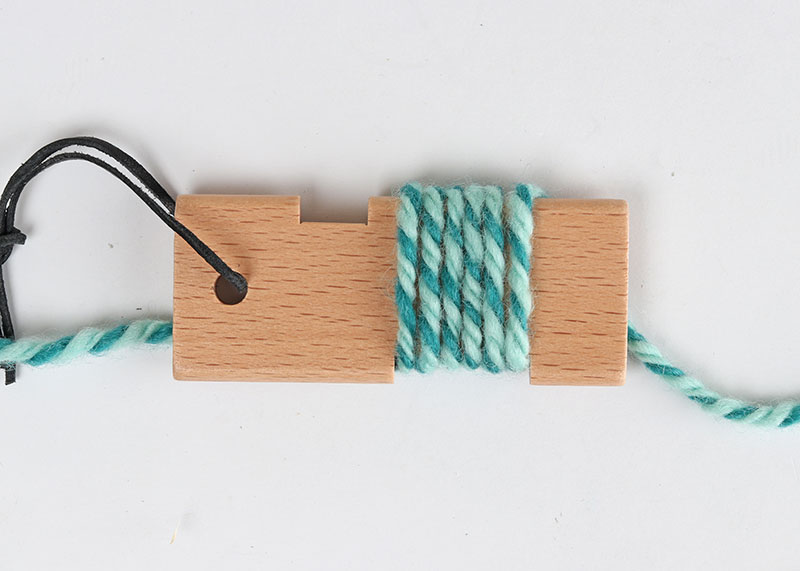
Step 4: Plying
Once all three bobbins are ready, ply them together into a three-ply yarn.
*Be mindful not to over-ply or under-ply. A balanced ply creates that beautiful round shape and enhances durability—this is where the structure really shines compared to a two-ply.
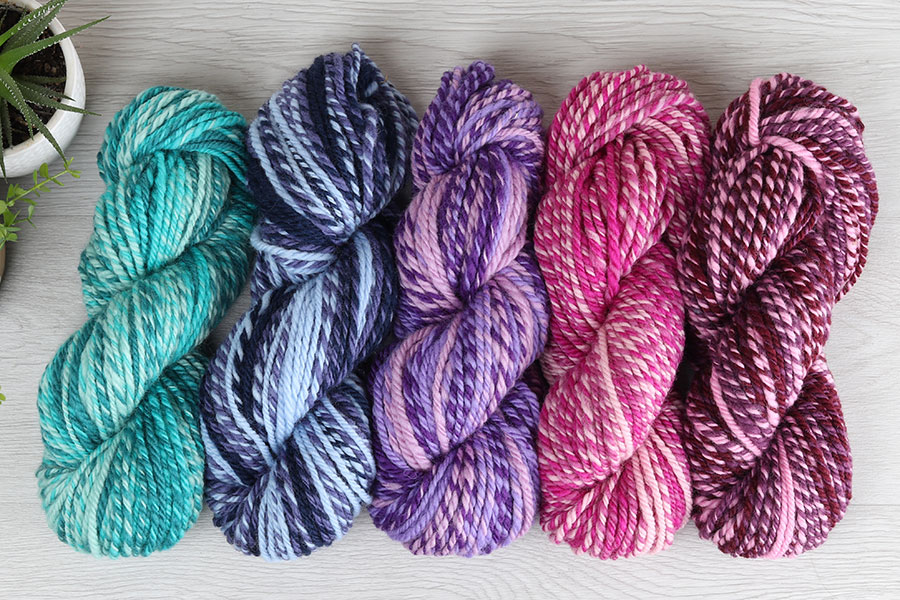
The Final Yarn
The end result? A squishy, bouncy yarn with shifting colour that still feels coordinated. It’s perfect for patterns that highlight subtle striping or marled effects—shawls, cowls, hats, and more.
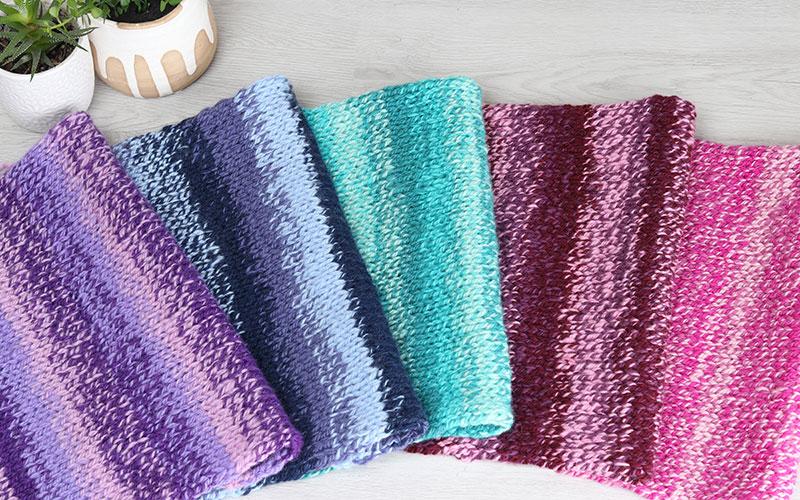
Give it a go!
This technique is flexible, creative, and endlessly customisable. You can adjust colour proportions, add more shades, or play with fibre blends for even more effects. I’d love to see your versions—tag us #ashfordwheelsandlooms if you share them!
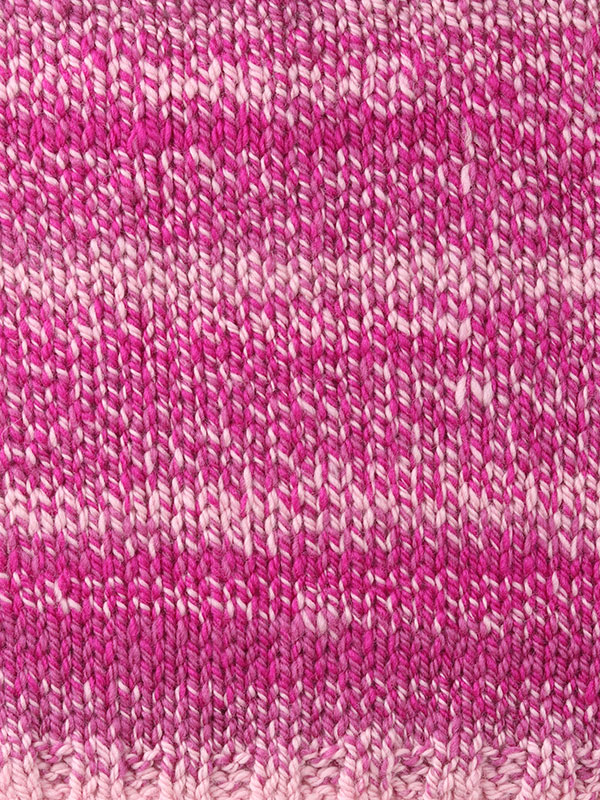
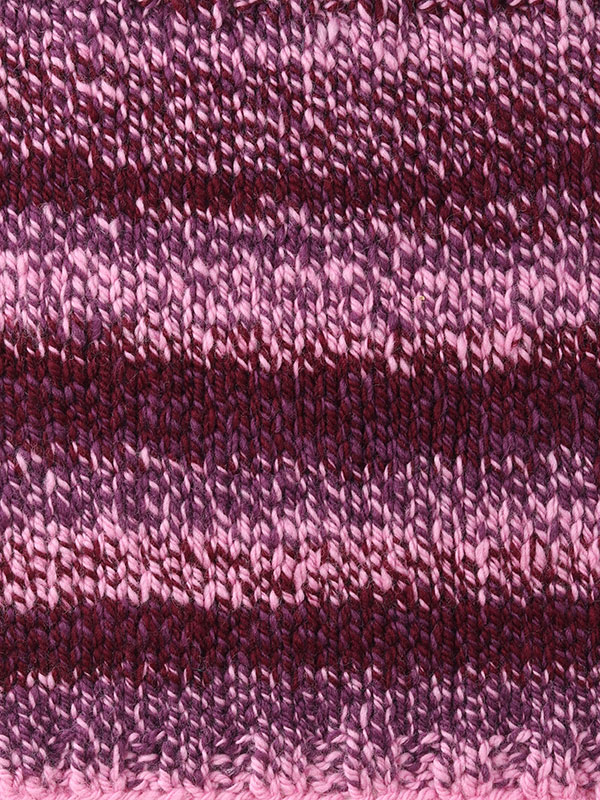
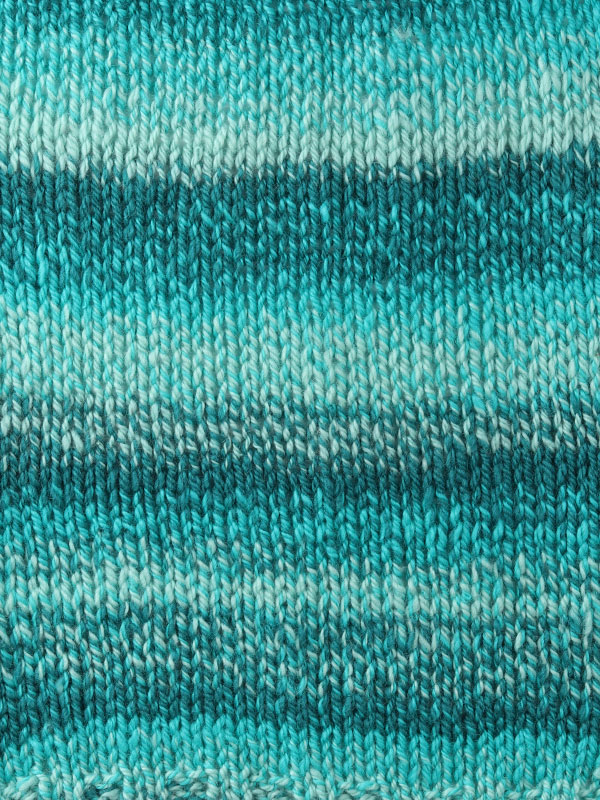
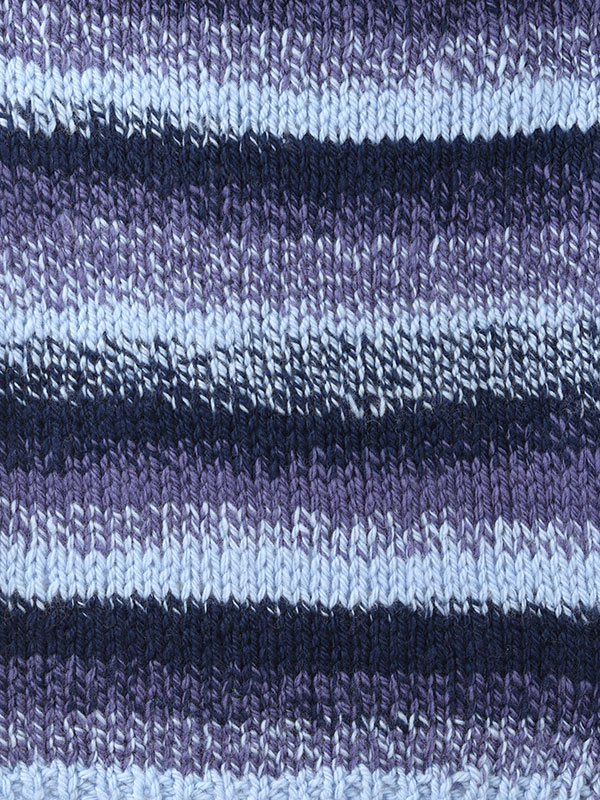
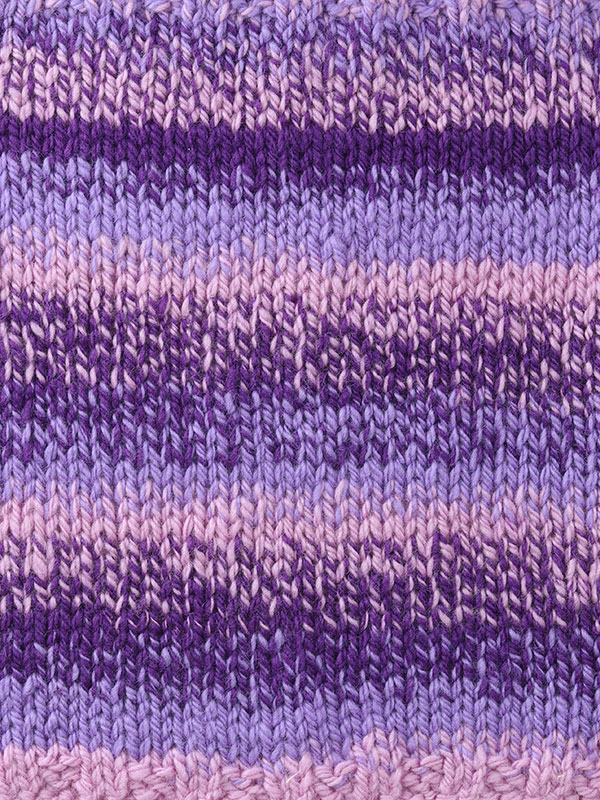
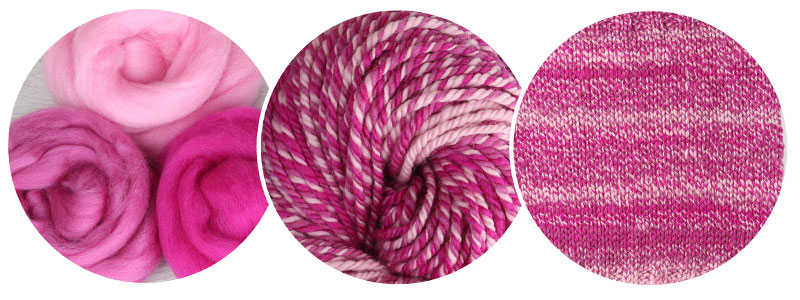
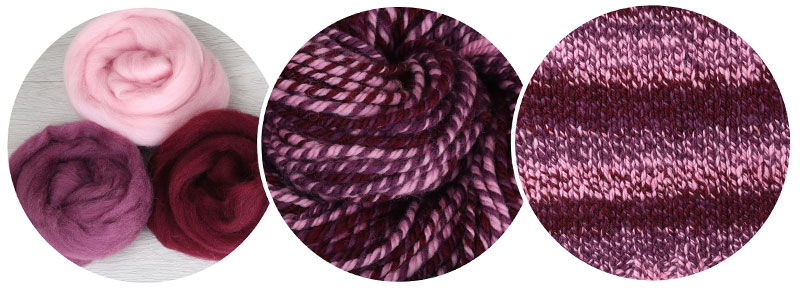
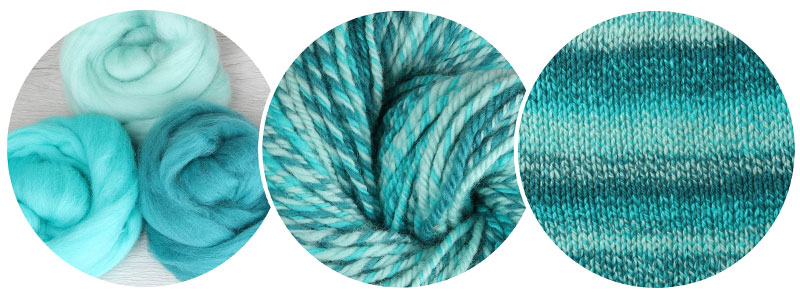
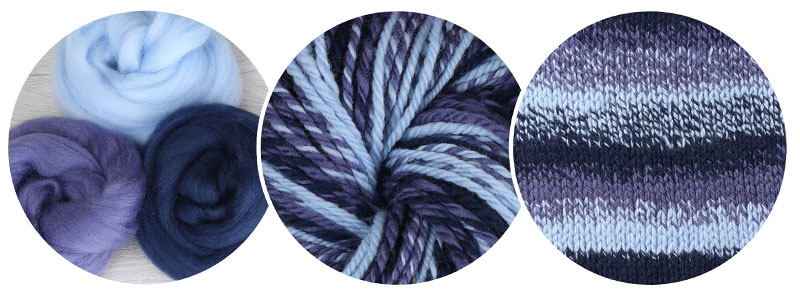
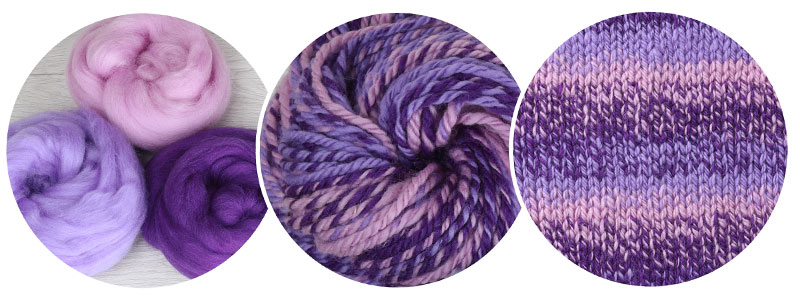
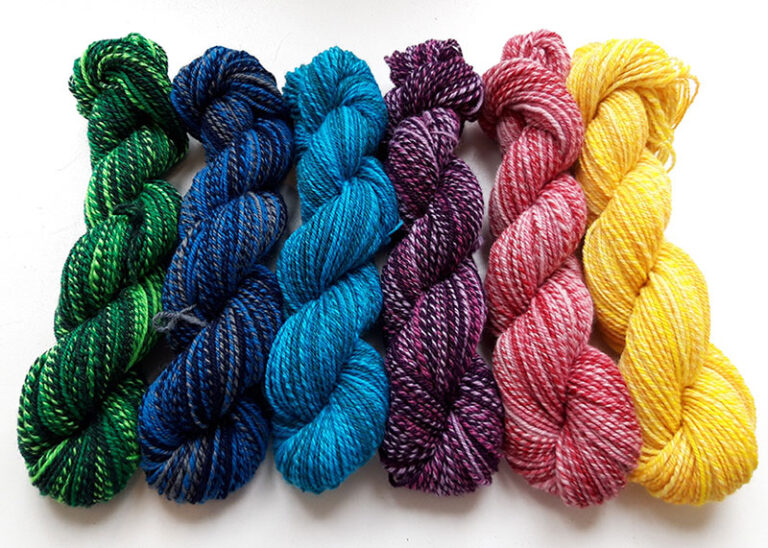
Daniela’s beautiful Night Shift shawls knit in her intentionally designed handspun yarns. @pribehvlny
